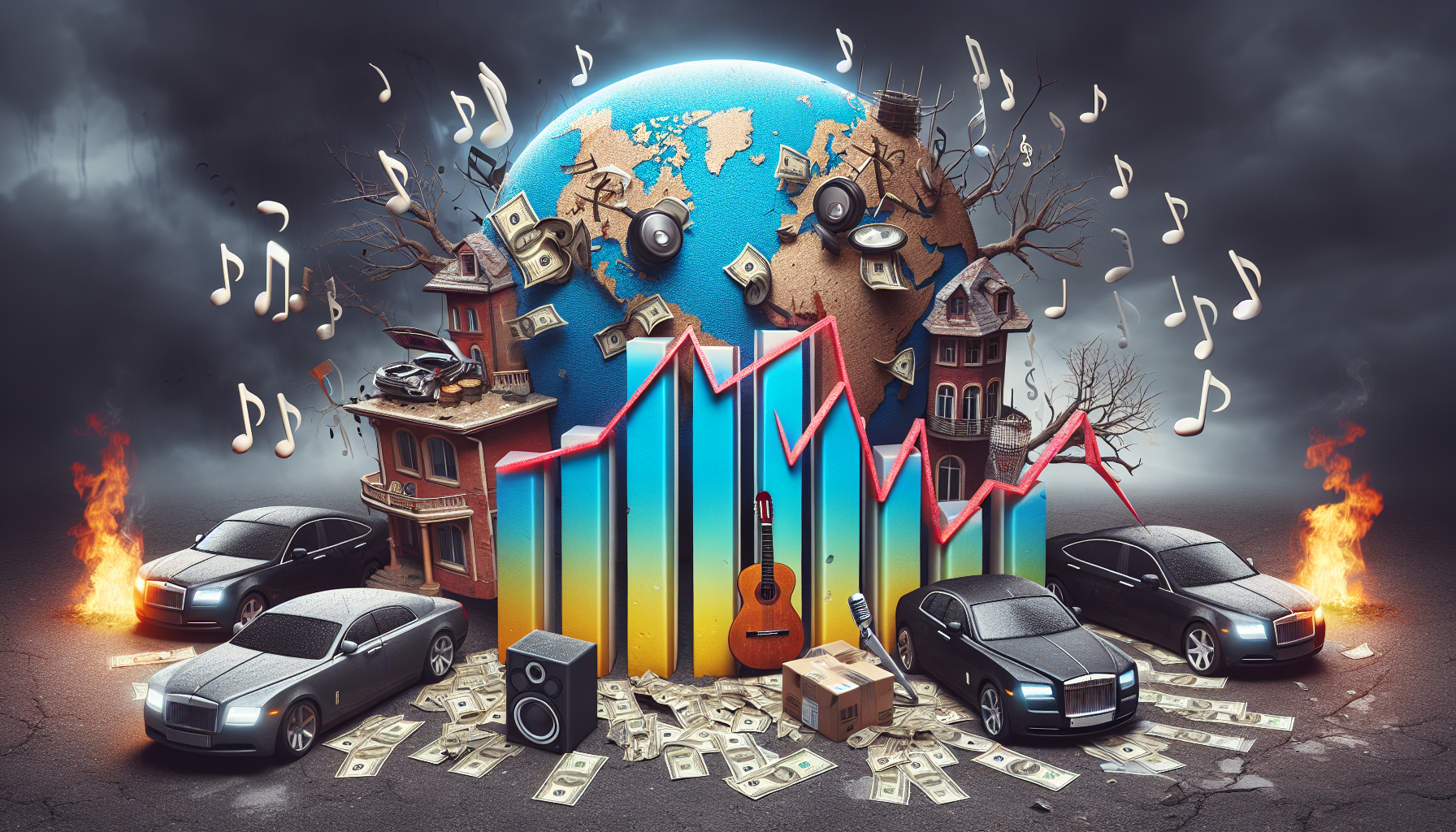
Obstacles to financial stability in the music sector
Achieving success in music doesn’t necessarily translate to financial gain. Independent musicians like Sevdaliza are acutely aware of the challenges—streaming can enhance your exposure, but it doesn’t always bolster your finances. The truth? It’s an ongoing effort to ensure a steady income, even when your tracks are reaching a vast audience.
The digital era has rendered music more reachable than ever, yet it has also complicated the earnings for artists. Streaming platforms compensate with mere fractions of a cent for each listen, and unless you’re amassing billions of streams, that income hardly exceeds the cost of a few avocado toasts. Live performances were historically the primary source of income, but with escalating expenses and erratic touring circumstances, that avenue has also become difficult.
Sevdaliza has openly discussed how the financial aspects of the music scene are often less glamorous than they appear. Independent musicians must manage various roles—production, promotion, touring—without the financial resources of a major label. Although artistic freedom is invaluable, the bills still need settling.
Merchandise, brand collaborations, and direct fan support via platforms like Patreon have turned into vital revenue sources. Even then, it’s not consistently sufficient. The financial framework of the industry tends to leave artists in a tough spot, irrespective of their fame. It’s a delicate balance between passion and sustenance—one that necessitates ongoing adaptability.
The divide between fame and financial security
There’s a significant distinction between being renowned and being financially stable—just ask any independent musician. Sevdaliza, even with her international acclaim, has candidly acknowledged that fame doesn’t always equate to a healthy bank balance. It’s akin to having a million Instagram followers yet still facing challenges in covering rent—visibility doesn’t invariably lead to viability.
Streaming statistics may appear impressive, but they don’t always yield substantial profits. Unless you are garnering streams akin to Taylor Swift’s levels, the earnings are minimal. Even when an artist enjoys a loyal fanbase, it doesn’t guarantee financial wealth. Many indie creators depend on crowdfunding, merchandise sales, and supplementary jobs merely to get by.
Moreover, the expenses involved in music production—studio time, production, marketing, touring—can be daunting. Without the financial support from a major label, artists like Sevdaliza must self-finance all aspects. While independence offers creative authority, it also brings the burden of all the risks. A single unsuccessful tour or poorly received album can significantly impact their finances.
The industry still adheres to a dated structure where artists often receive lower priority regarding payment. Even viral fame does not assure financial security. This is why many musicians seek diverse income streams—be it through brand collaborations, teaching, or even establishing their own enterprises. Because ultimately, while fame might garner street recognition, it doesn’t always cover expenses.
